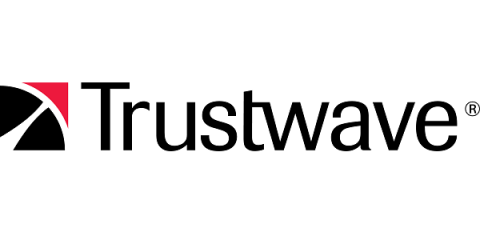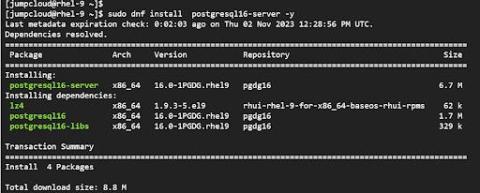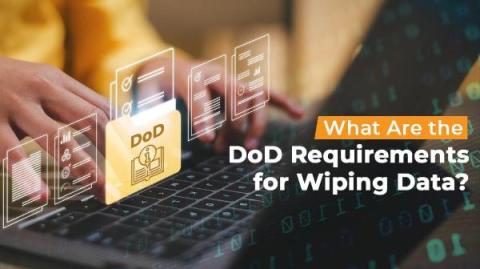Mining Operations: Critical Cybersecurity Threats & Trends Revealed
Cybersecurity professionals often point out that threat actors do not differentiate when choosing a victim. To an attacker, a hospital is as useful a target as a law firm or even a mining operation. After all, a mining company has the same attributes that make it as interesting as any other target: proprietary data and customer information, and it must stay in operation. All of which an attacker can exploit for financial gain.











